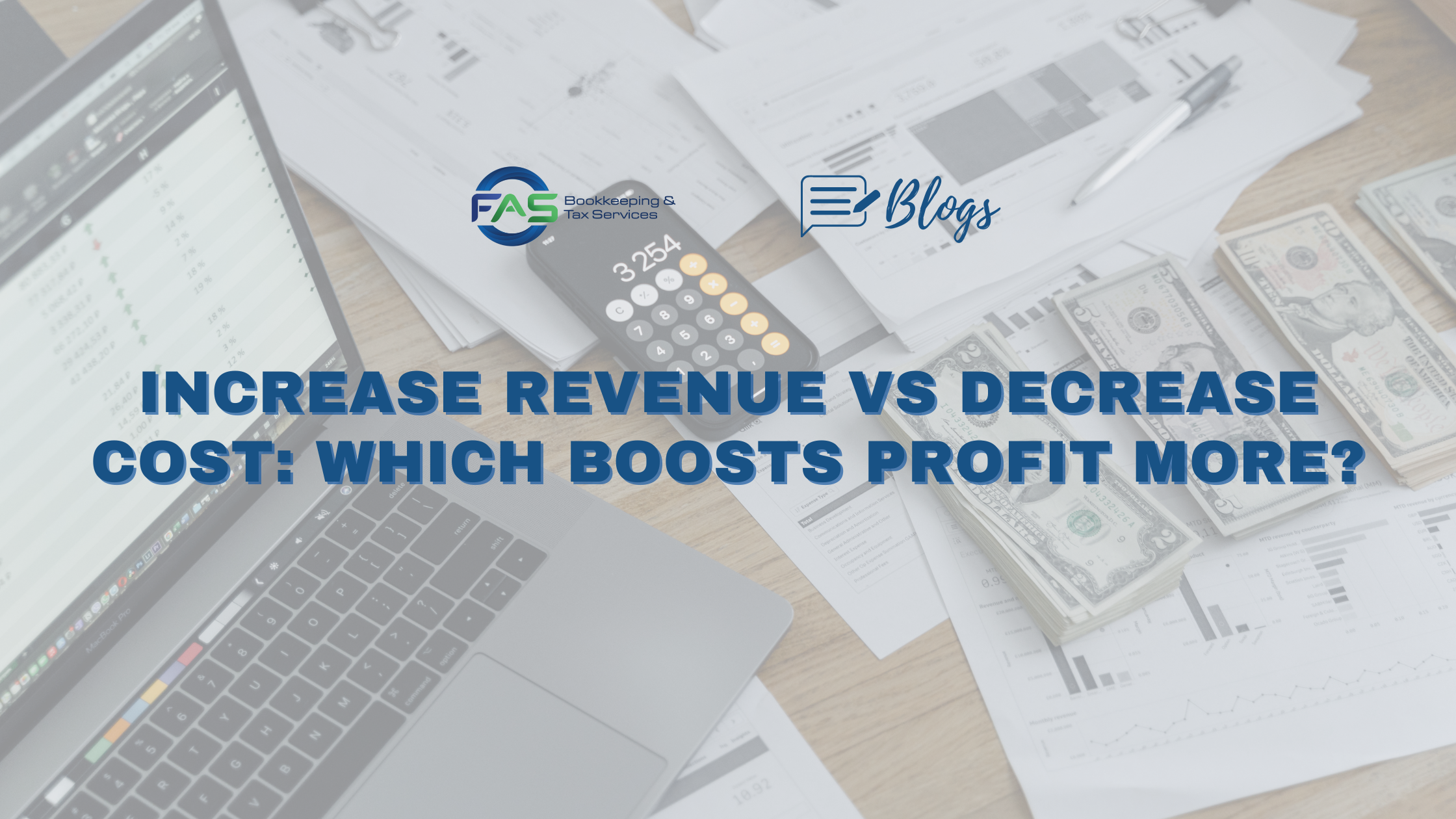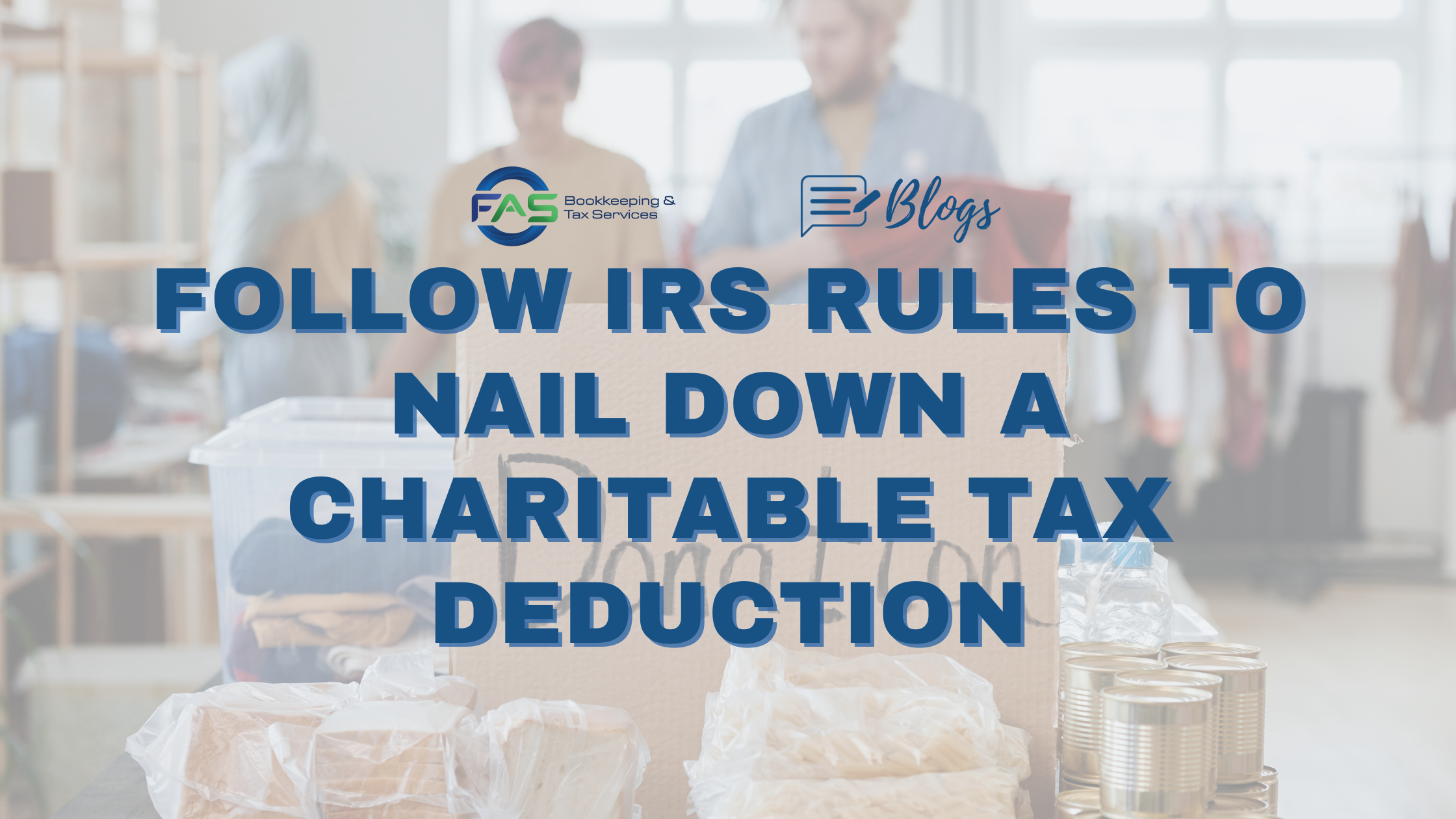3 Ways Your Business Can Uncover Cost Cuts
Every business wants to cut costs, but it isn’t easy. We’re talking about clear and substantial ways to lower expenses, thereby strengthening cash flow and giving you a better shot at strong profitability.
Obvious places to slash costs (such as wages, benefits and overhead) often aren’t viable options because the very stability of your operation may depend on them. But there might be other ways to lower expenses if you dig deeply enough. Here are three possibilities.
1. Study Your Suppliers
Many companies find that just a few suppliers account for the bulk of their spending. By identifying these vendors and consolidating spending with them, you may be able to put yourself in a stronger position to negotiate volume discounts. This may also help to streamline the purchasing process.
On a related note, how well do you know your suppliers? It might be a good idea to conduct a supplier audit. This involves collecting key data regarding a supplier’s performance to manage quality control and ensure you’re getting an acceptable return on investment.
2. Go Green
Operating an environmentally friendly company is generally a good idea, and it might save you money. Instead of purchasing brand-new computers and office equipment, you may find refurbished items at substantial savings that still fully meet your business’s needs. And when you no longer need certain equipment and office furniture, consider selling it to a liquidator or dealer. You’ll not only make some money, but also free up the space you’re using to store and maintain them.
In addition, if you own the property on which you operate, research energy-efficient upgrades to the HVAC and lighting systems. Naturally, there will be an initial cost outlay, but over the long term, you may lower your energy costs. You might also qualify for tax credits for installing certain items.
3. Explore Outsourcing and Tech Upgrades
Many business owners try to economize by doing everything in-house, from accounting to payroll to HR. But if the staffing and expertise just aren’t there, these companies often suffer losses because of mistakes, mismanagement and wasted time. Although you’ll incur costs when outsourcing, the time and labor it saves you could end up being a net gain.
Carefully chosen and implemented technology upgrades can serve a similar purpose. Many products on the market today are so robust and fully featured that upgrading to them may be almost comparable to outsourcing. The same may be true with a customer relationship management system that can help generate sales leads and allow you to focus on your most profitable existing customers. Again, there will be an initial cost that could eventually lower your cost of doing business.
Snip, Snip, Snip
Lowering expenses is difficult, but keeping an eye out for ways to do it is important, especially now that inflation is a major factor in the economic landscape. Please contact the office for help identifying and lowering your company’s most “cuttable” costs.










